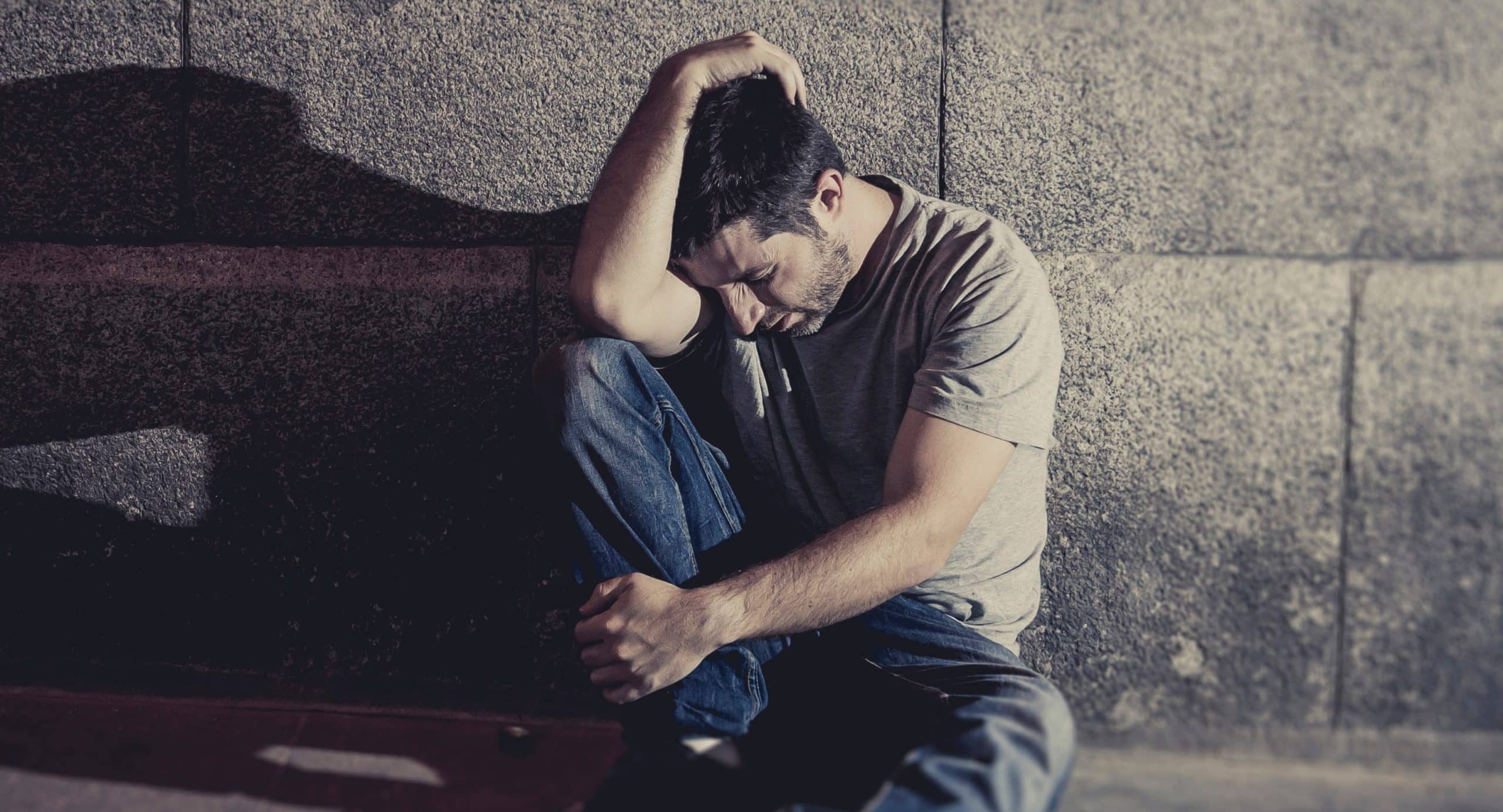
How confident are you about your ability to recognize the signs of heroin use?
If someone that you care about was abusing or had become addicted to heroin, would you immediately realize that they’re in trouble?
If your knowledge of heroin use is limited to what you’ve seen on television or in a movie, you may not be as prepared as you think you are. Long-term heroin use can be a source of considerable devastation. But at the beginning, a person who has been using heroin might look like this:
These scenarios could all have a simple solution. But whether you realize it or not, they can also all be signs of heroin use.
If someone in your life has begun using heroin, they need immediate help. The more you know about what heroin use looks like, the better prepared you will be to connect your loved one with the treatment that can literally safe their life
Heroin is an opioid. It interacts with parts of the brain that are associated with automatic functions such as respiration and heart rate. It also alters both mood and perception. As a result, people who use heroin may experience a variety of emotional, psychological, and behavioral signs.
Possible emotional signs of heroin use include the following:
The emotional and psychological impact of this drug also be evident through certain behavioral signs of heroin use. Here are a few examples:
None of the signs listed above are definitive proof that a person has been using heroin. But any significant changes in how a person thinks, feels, or acts may indicate that they are having some type of mental or behavioral health crisis. In some cases, these changes may be signs of heroin use.
Heroin use can also have a dramatic effect on a person’s body and appearance. The following are examples of common physical signs of heroin use:
Also, if a person has been injecting heroin, they may begin to wear long-sleeved shirts and long pants even when it’s extremely hot. This is a way to scabs, abscesses, and other evidence of injections.
Pure heroin is a white powder. Street-level heroin is often a grey or brownish powder. It may sometimes be in the form of a sticky tar-like substance.
The changes in heroin’s appearance from its original white coloration often result from other substances being added to it. This is commonly referred to as cutting or lacing the drug.
A dealer may cut heroin with sugar, chalk, corn starch, laundry detergent and other substances so they can sell less heroin for more money. A person may lace heroin with another drug to enhance its effects.
On its own, heroin can be extremely dangerous. When the drug is cut or laced with other substances, the risk of harm may be magnified considerably.
If a person is using heroin via intravenous injection, they will need a hypodermic needle. But needles are not the only type of heroin paraphernalia. Many common household items can be repurposed by people who are abusing heroin. Here are a few examples:
People who use paraphernalia to use heroin need to hide these items to avoid detection. They must also keep the items close by so they can access them once they’ve acquired the drug. Here are a few places where a person might hide their heroin paraphernalia:
If someone in your life has been abusing heroin or has become addicted to this dangerous drug, the LA Detox team is here to help. Our heroin addiction treatment center in Los Angeles is a trusted source of personalized service in a safe and welcoming environment. Contact us today to learn more about our programs and services.
How long does cocaine stay in your system – and why do some people test…
It’s a sweet, syrupy mixture that has been celebrated in rap music for decades. But…
Meaningful discussions of LGBTQ+ and addiction must address the unique challenges faced by members of…
Alcohol abuse can put a person at risk for a broad scope of serious health…
In certain circumstances, stimulants such as dextroamphetamine and Adderall can help a person experience improved…
SMART Recovery is an alternative to AA and NA for people who are looking for…
This website uses cookies.